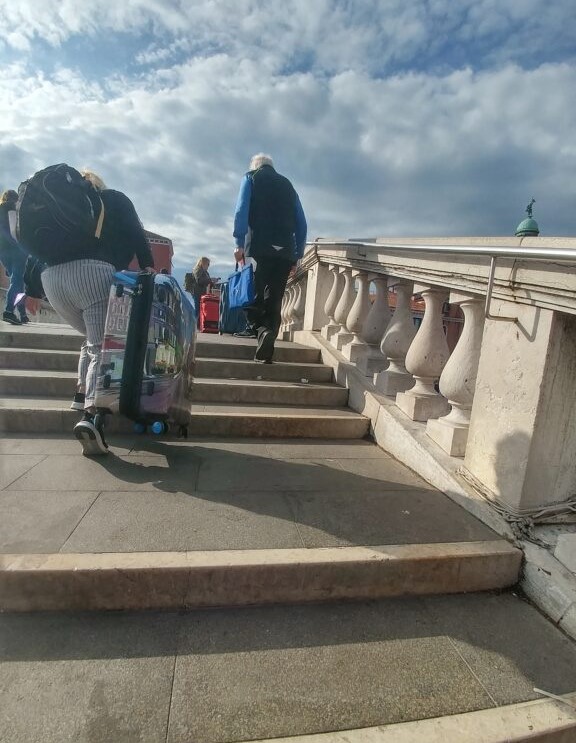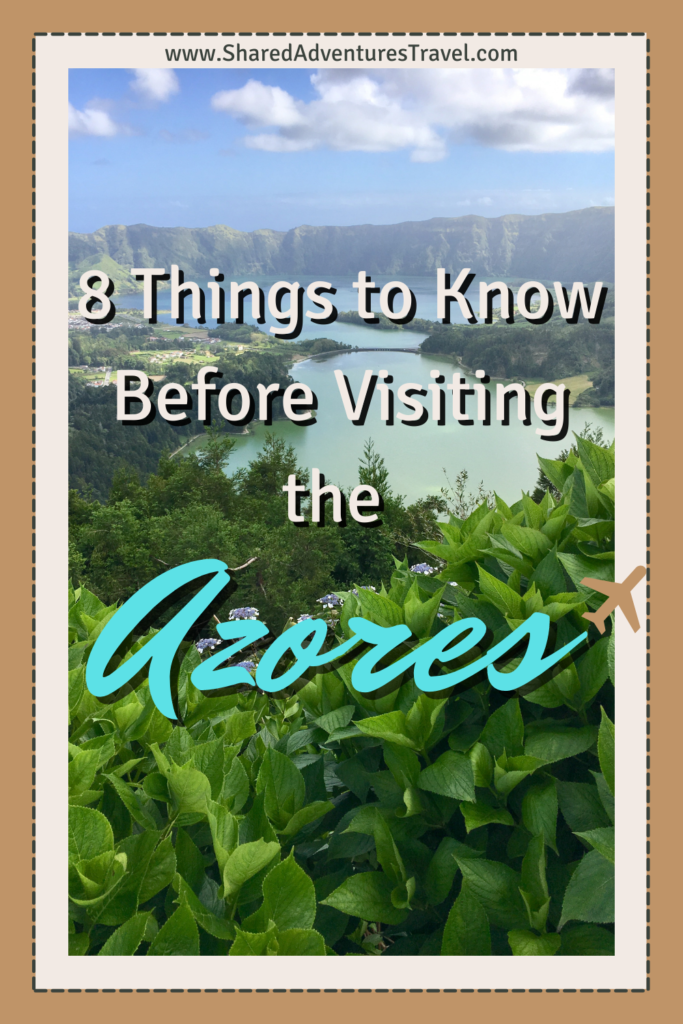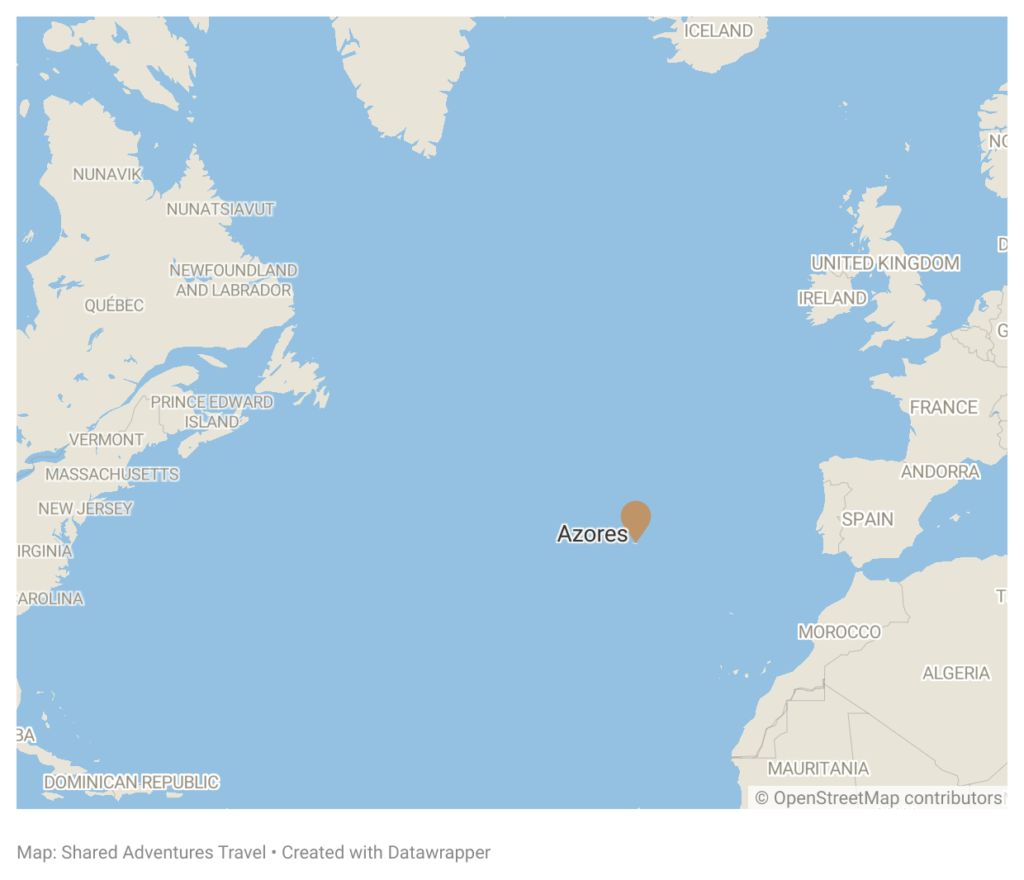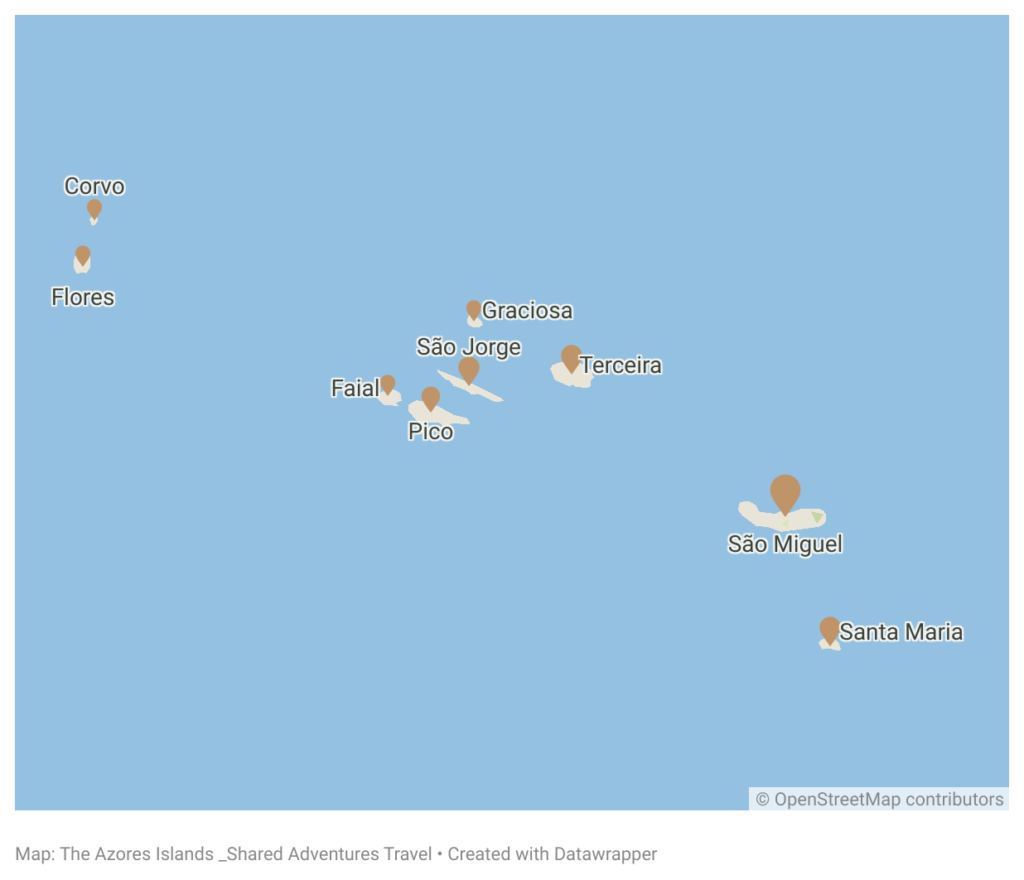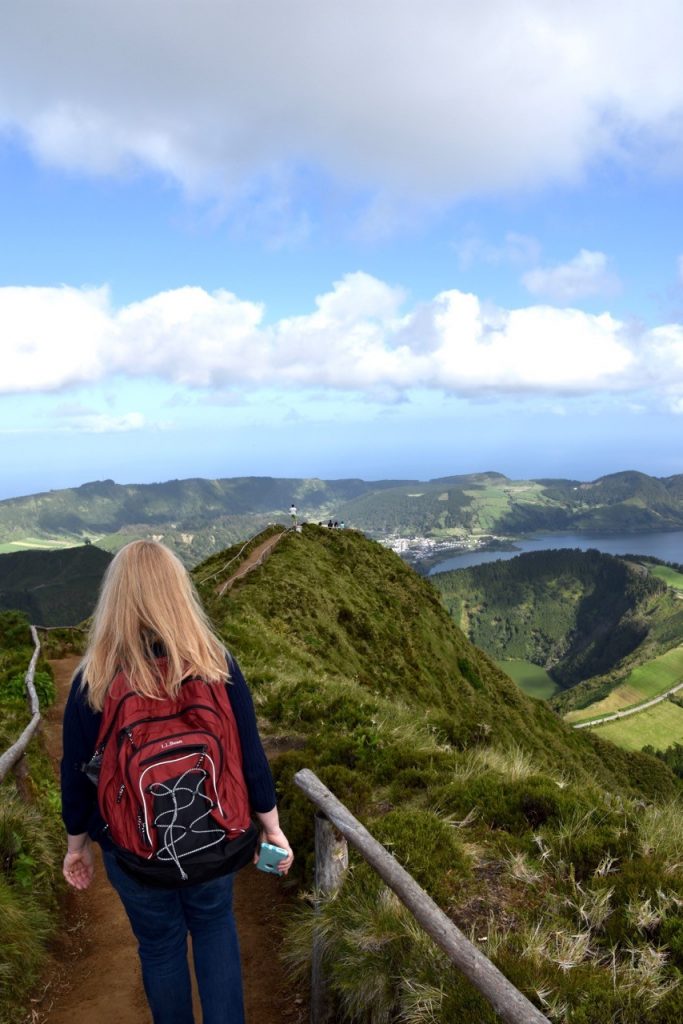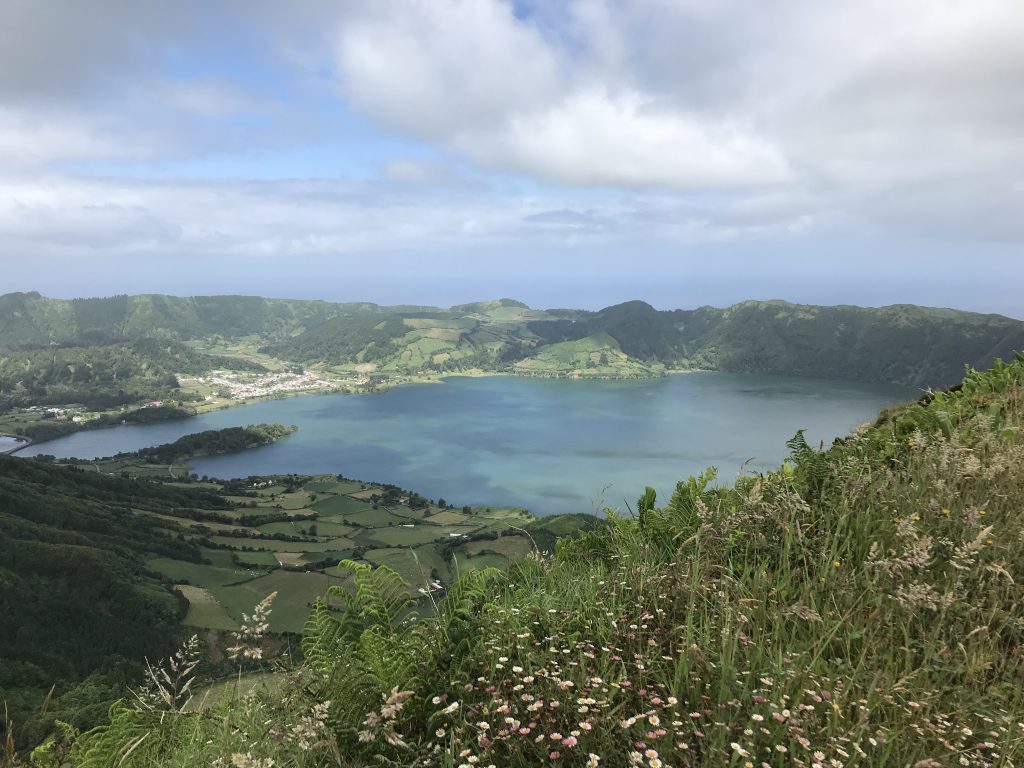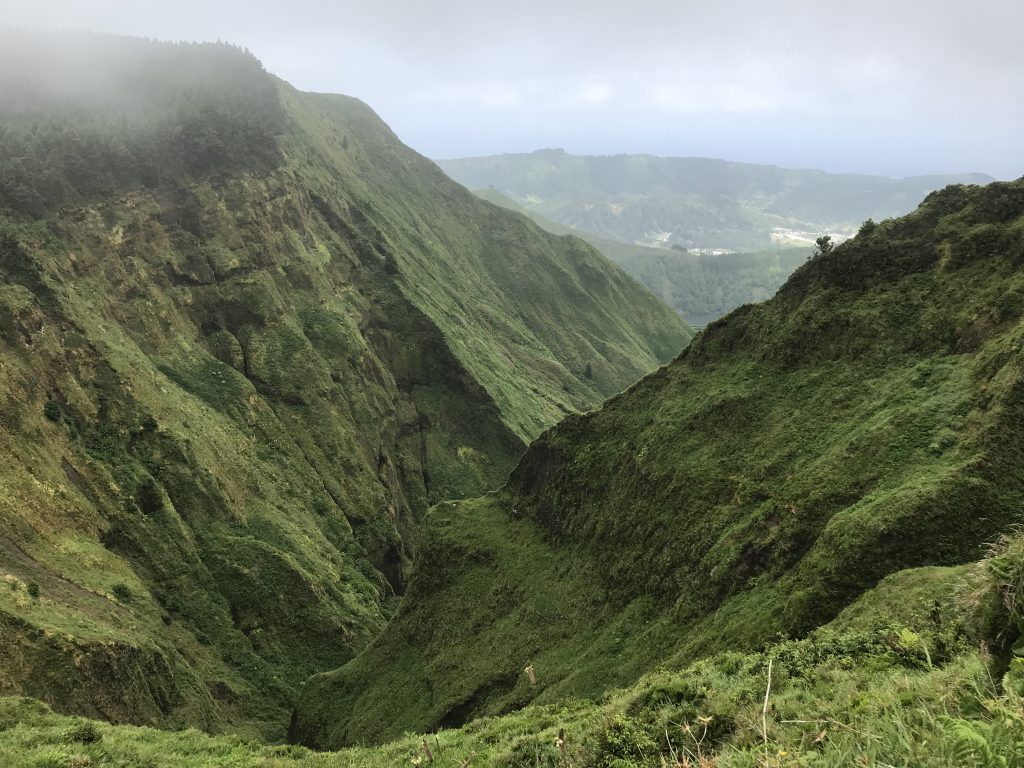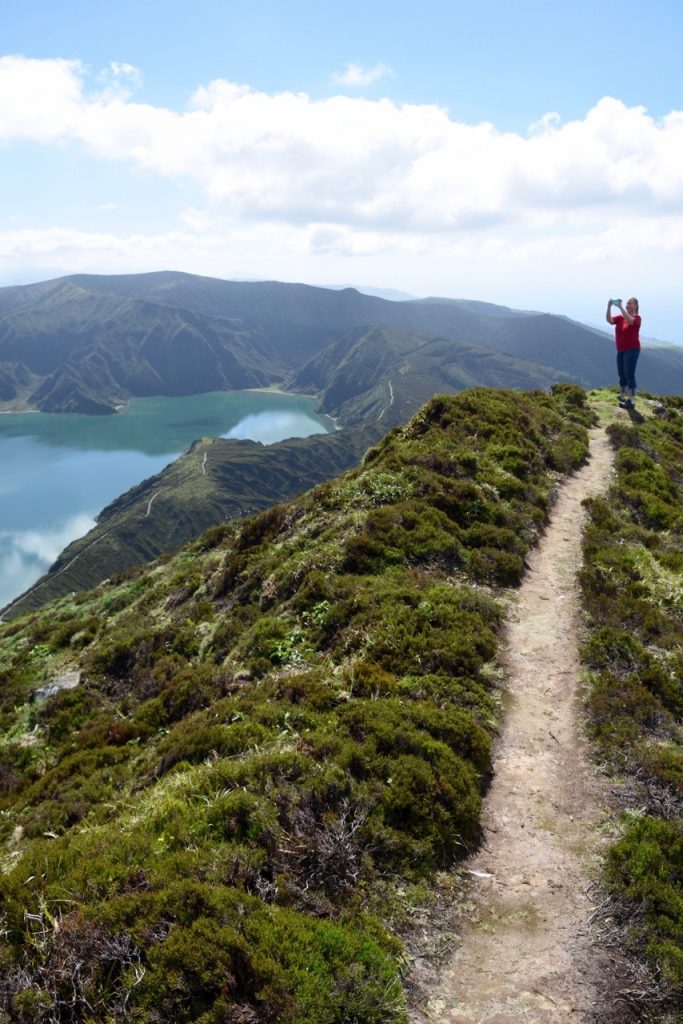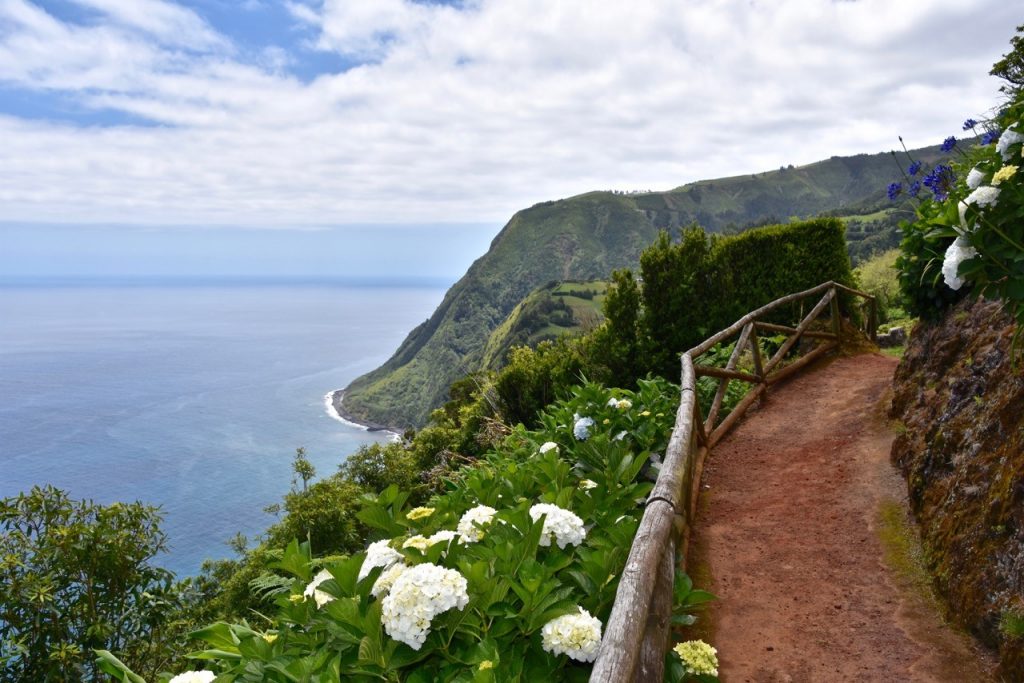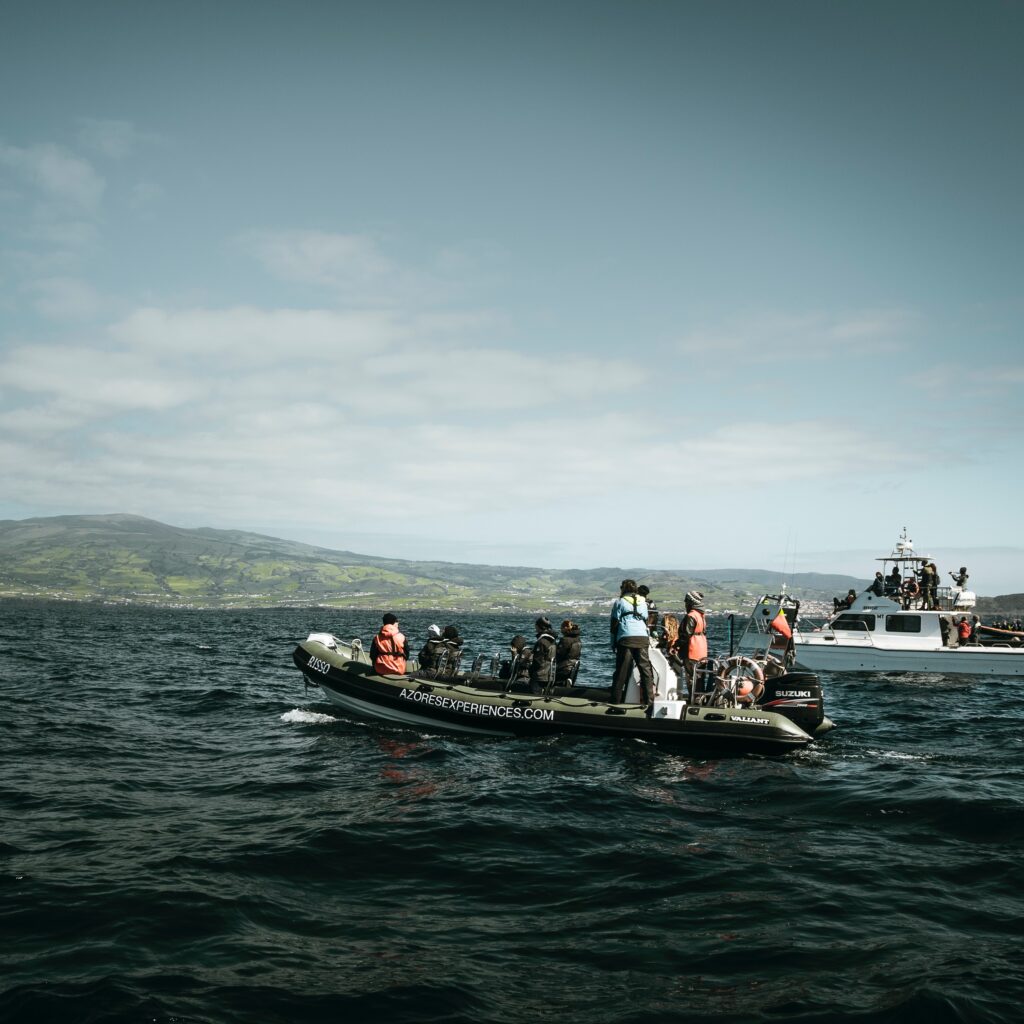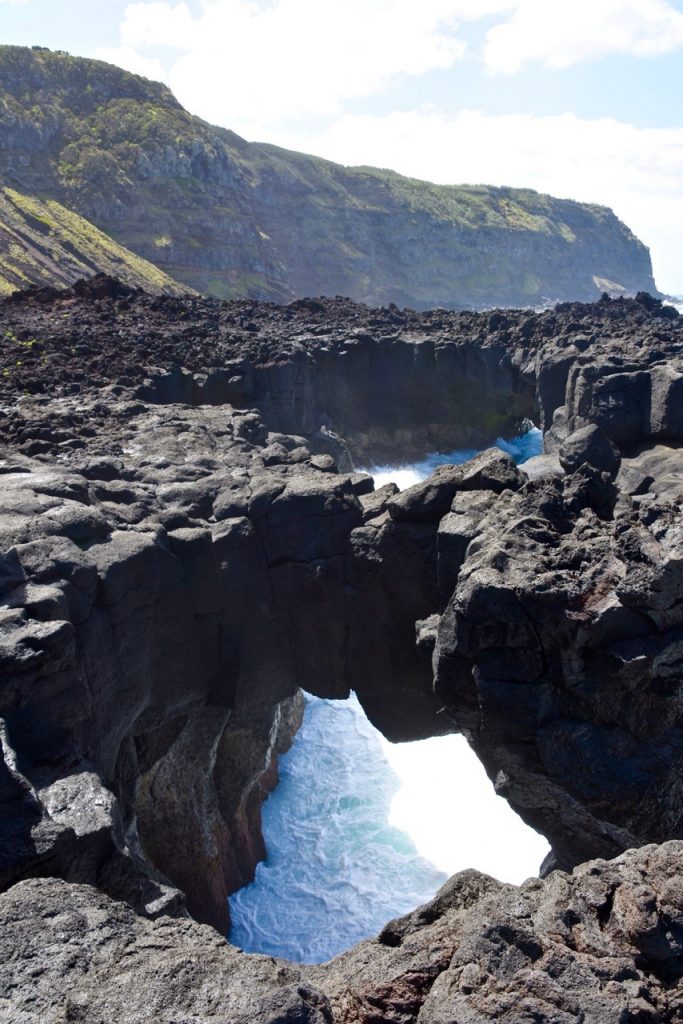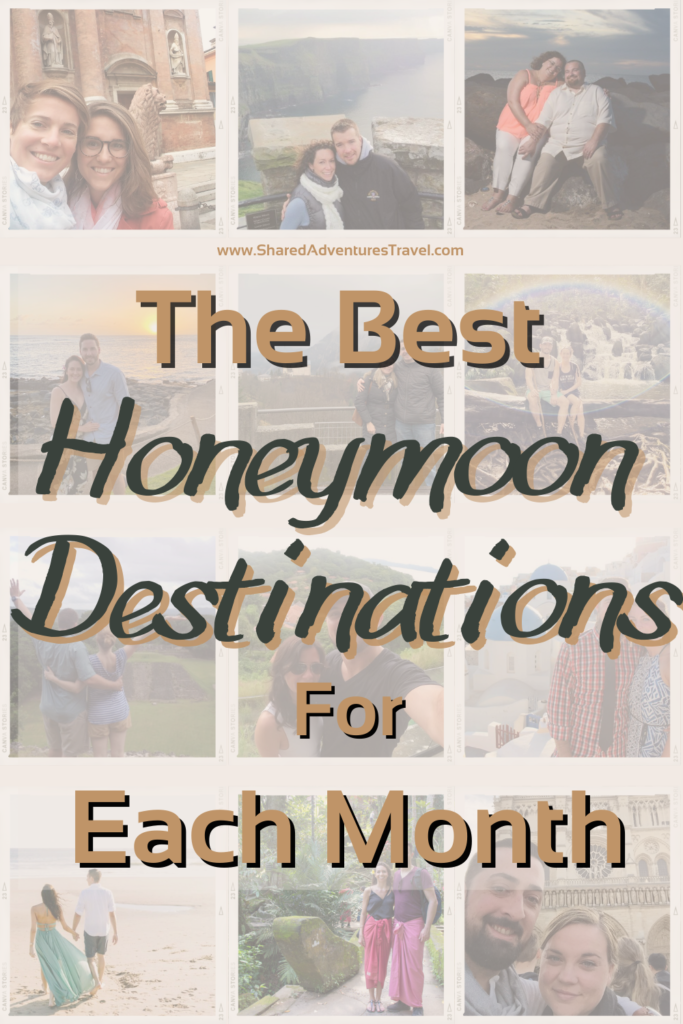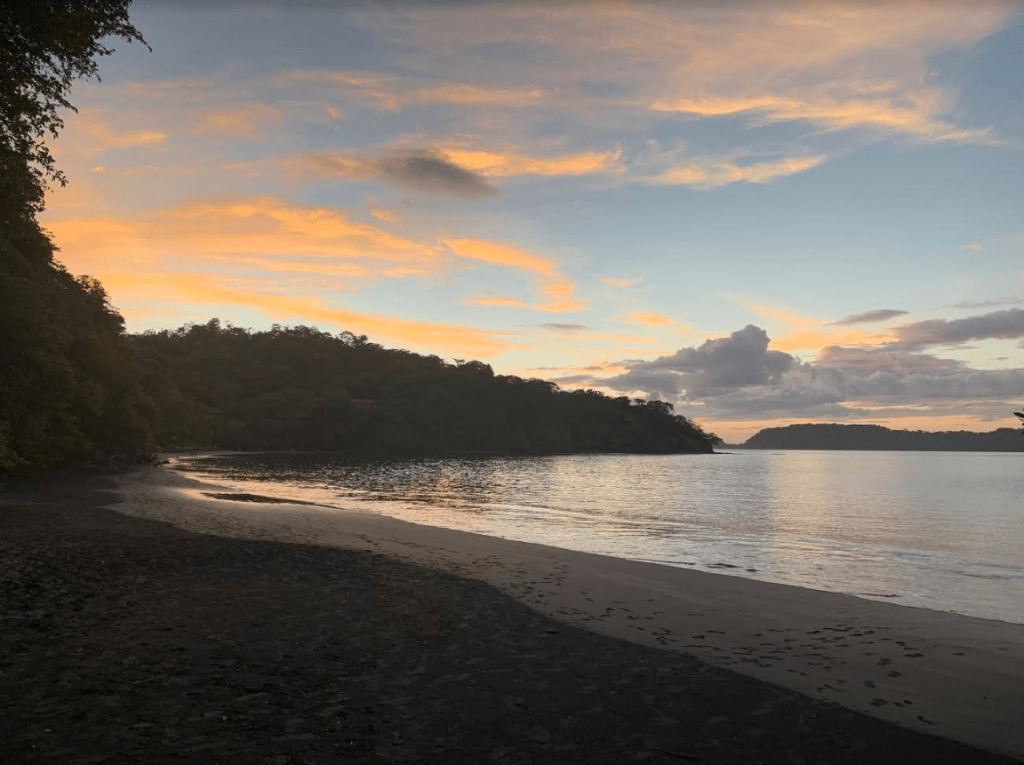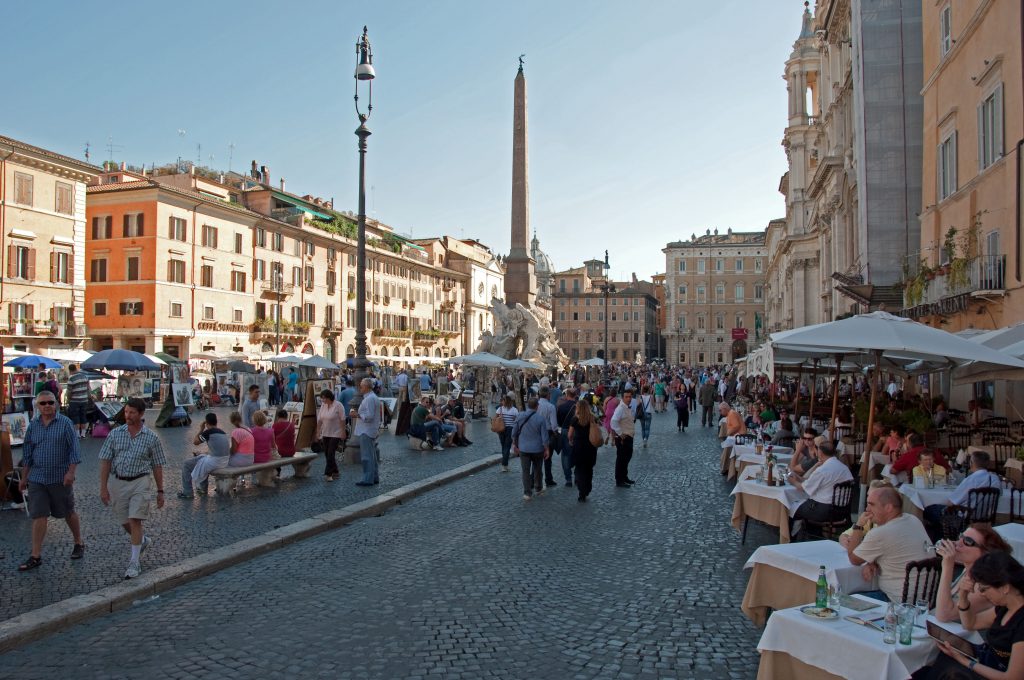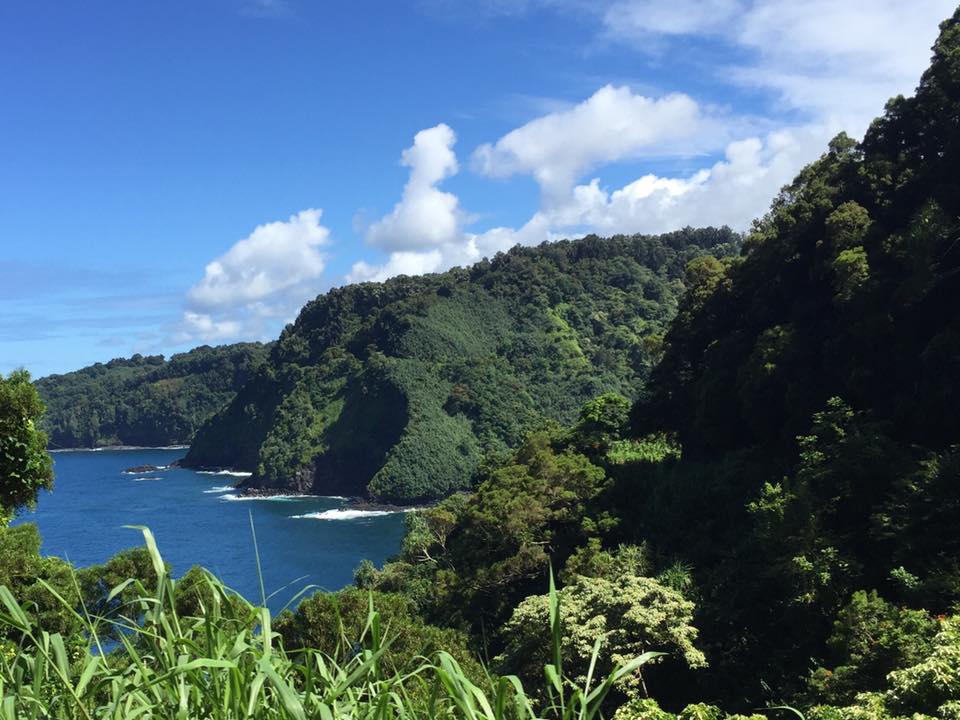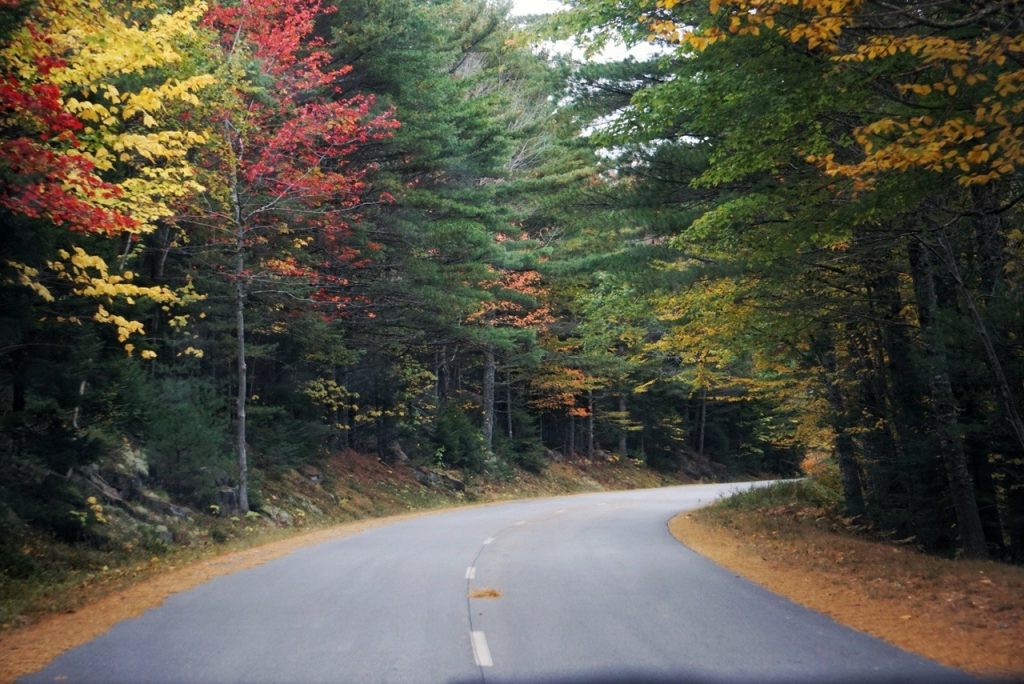Kendra and Shad love to visit places where they can be active and adventurous. Places with stunning scenery, a bit of hiking, and incredible food. We knew the perfect destination for their 2023 adventure that would incorporate all of the above: Portugal. Here’s their feedback:
Hotels
The Sintra Boutique Hotel (Sintra) was wonderful. The concierge was super helpful, the location was convenient, the room was comfortable, and the food at breakfast was the best (of the hotel breakfasts) we had during our trip.
The AP Oriental (Portimão) was gorgeous. Front desk staff was friendly and helpful, the room was spacious and comfortable. The food was great; the pool was quiet and clean. The weather didn’t cooperate for us to spend time on the beach, but it looked like a beautiful set up. Convenient location to walk everywhere, including along the boardwalk and beach. It was nice that it was a quiet, adults only hotel. The trade off was that most of the other guests were much older (more of a 50/60+ crowd). Wi-fi was a bit spotty.
Brown’s Central (Lisbon) was right in the thick of things. If you like to be where the people are, it’s the place for you. That being said, once inside the room it was quiet and comfortable. The decor is hip and unique. The bar downstairs had great bartenders and drinks. Walkable to many points of interest, bars and restaurants – just make sure you’re ready for cobblestones, narrow side walks and some hills/stairs. And A LOT of people.
Excursions
We LOVED the food tour in Lisbon. Our tour guide was super knowledgeable and gave great info everywhere we stopped, plus additional tips and recommendations. 10/10 would recommend.
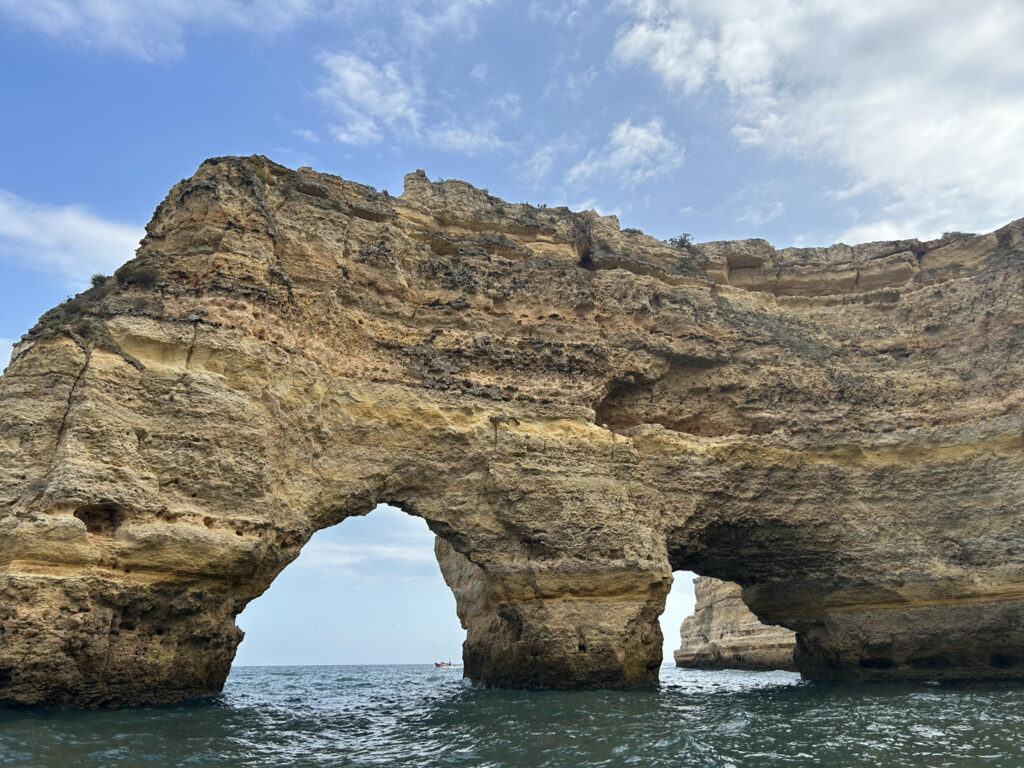
The boat tour of the caves was so much fun. It was a little choppy the day we went out, but definitely worth the hour or so we were on the water. The boat was smaller than some other tours, so while we traded off some comfort, it allowed us to get closer to/into some of the caves, including Benagil.
It was nice to spend a night in Sintra. While crowded during the day with day trippers, it was peaceful to walk around at night. We had a delicious dinner, got some gelato and walked around town. We visited Peña Palace, which is a must see. Unfortunately there was a workers strike the second day and we weren’t able to visit the Moorish castle, but we still hiked up to it and saw the outside

We spent an afternoon in Cascais and would highly recommend anyone going to Lisbon make the trip, even for a few hours. We also stopped at St Vincent lighthouse in Sagres (aka the southernmost point in Portugal).
Food
The food was incredible. Restaurant F in Portimão was our favorite meal. Everywhere we stopped on the food tour in Lisbon was also amazing.
Pastéis de Belém may be touristy, but it really is worth it. We didn’t go inside, but we took pastéis to go and ate them in a nearby park.
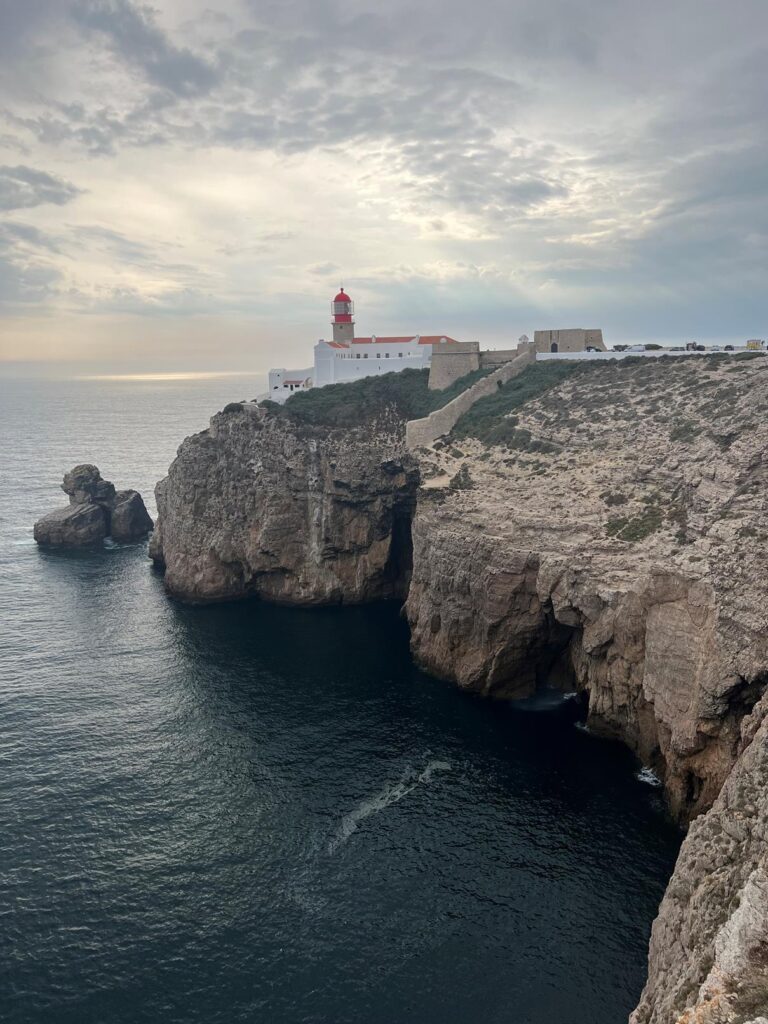
Overall, we had a wonderful time! Thank you for helping us plan this trip and for making such great recommendations!

